Will Novosedlik on Clearing a Path to the Future
September 28, 2019
Standing on the subway platform the other day, I came across this creative for an organization called Pathways to Education:
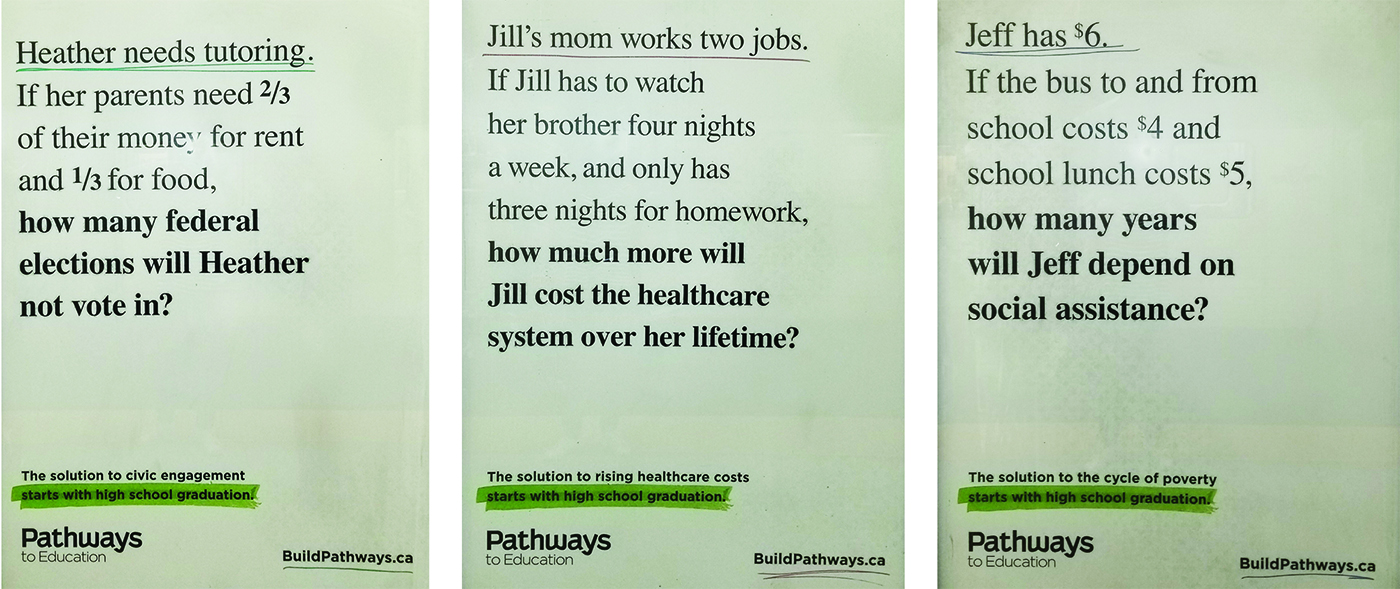
Immediately struck by the logic of the message – linking lifelong poverty and burdensome social costs to the lack of an education – I had to find out more about both the campaign and the organization behind it.
We tend to accept most things at face value. We read or hear about yet another street shooting and chalk it up to gang warfare, assuming the perps are just a bunch of ne’er-do-wells who have chosen a career in crime for the glamour and the drama of it. We see more and more homeless people and assume they are in this condition because they’re too lazy to take responsibility for themselves.
The reality of course is much more complicated. Were we to scratch the surface, we would understand that each of these people are where they are for a reason. Behind every one of them is a story. It could be a story of mental illness, poverty or both. And that is the point of the campaign. Poverty limits your choices in life, and often presents you with ones you would rather not make but must in order to survive.
Cast in the format of a typical high school math problem, the campaign deftly demonstrates how intractable and unsolvable these problems can actually be.
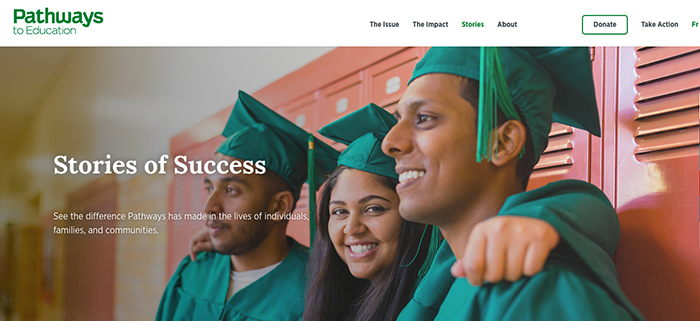
The website for Pathways to Education tells its own story, which originates in Toronto’s Regent Park, an area associated with 50s and 60s era social housing. As late as 2001 Regent Park experienced a high school dropout rate of 56% - twice the citywide average. For kids of single parents, the rate was as high as 70%. Social justice activist and director of the Regent Park Community Health Centre Carolyn Acker saw the need for a support program that would turn those numbers around and founded the Pathways to Education program. Five years later, dropout rates had decreased by more than 70 per cent and post-secondary attendance had increased by more than 300 per cent. The program has been replicated across Canada with similar impacts.
Running currently on the website is a video that begins with a high schooler confidently proclaiming “We’re going to change the world”, followed by a sequence of heroic, world-changing scenarios imagined by the youthful dreamer and ending with a more worried version of herself saying, “But first we gotta finish high school.” It ends with the line “Our future depends on their education”.
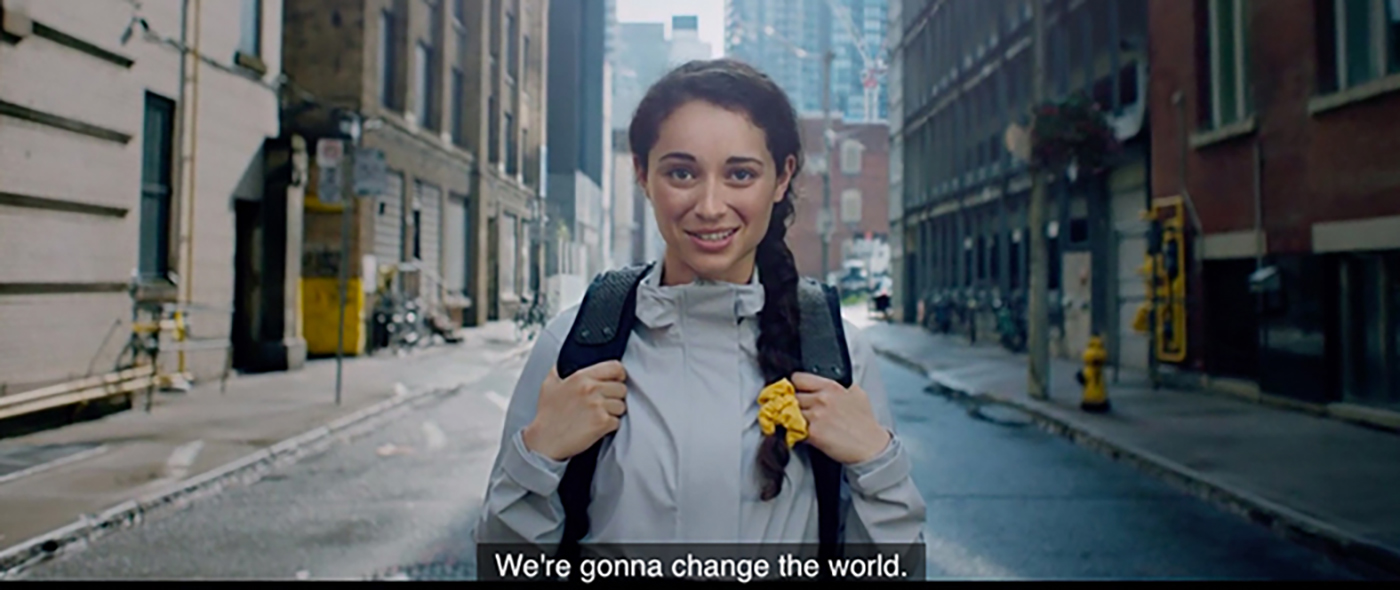
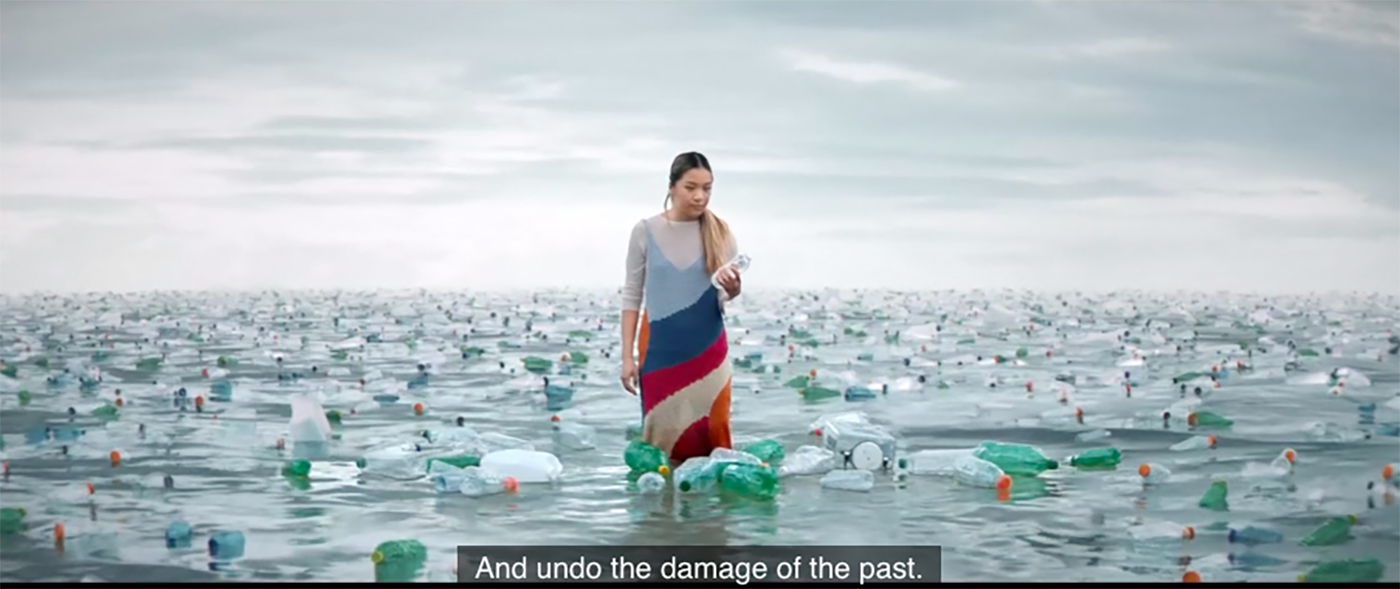

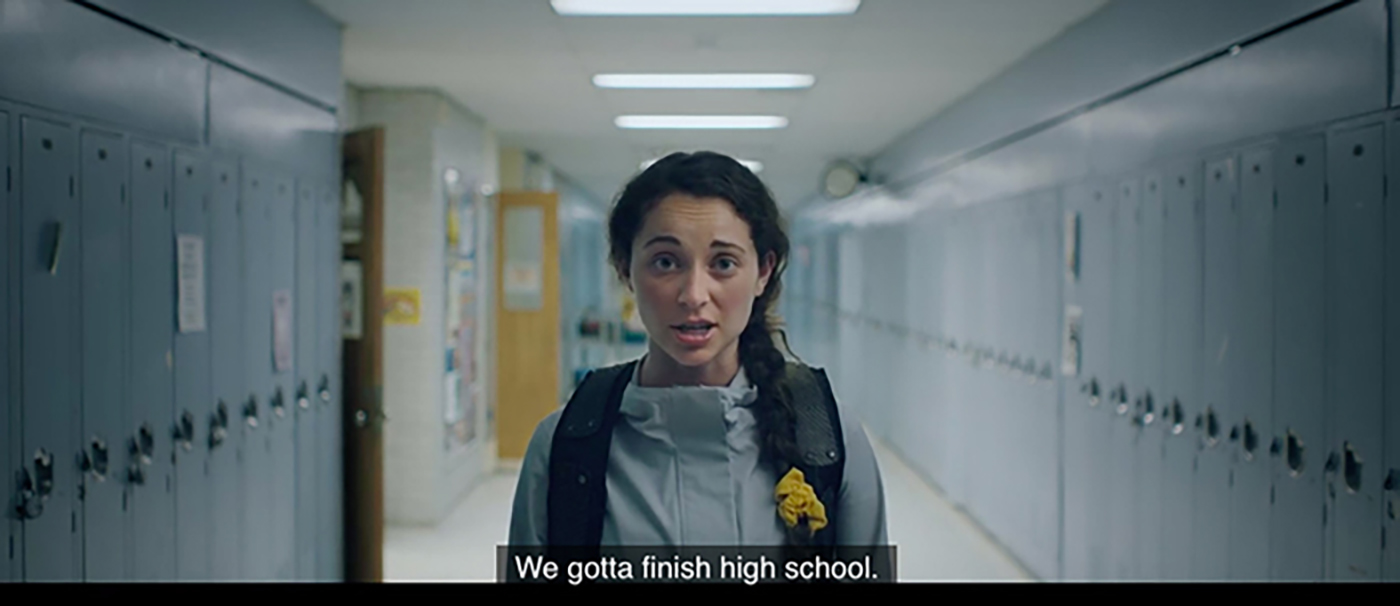
And indeed it does. In a society with an increasingly short attention span and a lack of interest in looking beyond appearances, this campaign does a great job of reminding us that we all share responsibility for tackling the complicated root causes of crime and homelessness.
We can choose to ignore that responsibility, but ultimately we’ll all pay for the effects of doing so.







